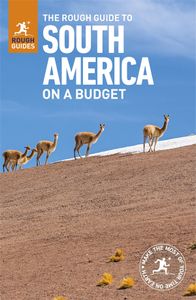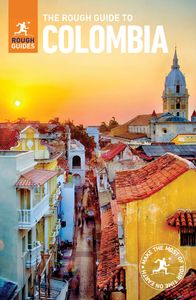February: best for carnival buzz in Barranquilla
February sees Barranquilla host the second-largest carnival in South America. Though not really known outside Latin America, it’s second only to Rio’s Carnaval in scale.
Preparations for the spectacle start in mid-January, ahead of festivities that see the city’s streets transformed into a giant party.
Expect colourful costumes and all kinds of music performances, from salsa and cumbia to vallenato and African drumming, with everything kicked off by traditional parades like the “Battle of the Flowers” and “Dance of the Caiman”.
At the same time, the Caribbean coast is warm and mostly dry in February, with fewer crowds than in December and January. As a result, it’s a great month to combine the carnival with a wider exploration of the region.
Still not sure where to go? Discover some of the best places to visit in February.
March: best for star-gazing in the Tatacoa Desert
Within reach of San Agustin, the Tatacoa Desert is an incredible place for truly mind-blowing start-gazing experiences, and March is one of the best months to do exactly that.
Near the observatory, there’s a lookout point over the Laberintos de Cusco — a maze of otherworldly red rock formations. We also suggest walking the 45-minute trail that runs through this labyrinth to the main road.
The landscape of cracked earth, colossal cacti, and towering rock sculptures is something else.
Editor's tip: reaching for the stars? Discover the world's top stargazing spots.
April: best for uncovering coffee culture in the Zona Cafetera
Colombia's Zona Cafetera — also known as the Coffee Triangle — offers lush landscapes, rich culture, and, of course, exceptional coffee.
Come April, it’s especially lush and green as the coffee flowers bloom before the rains fully settle in. As such, it’s a great time to visit to tour coffee plantations in the likes of Hacienda Venecia and Finca El Ocaso.
April is also a fantastic month for birdwatching in the area, with the increased rainfall bringing abundant food for birds.
Editor’s tip: don’t miss relaxing in the hot springs near Santa Rosa de Cabal and Pereira. These natural pools offer a serene environment surrounded by lush greenery.

























